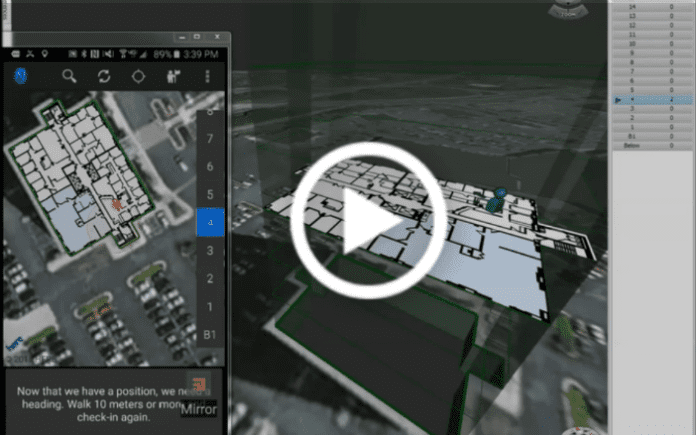People don’t get how sophisticated farmers are, says Lane Arthur, director of digital solutions at John Deere, the US maker of industrial equipment and machinery. “They don’t see the technology they are using,” he says.
In January, John Deere showed its new S-770 combine (pictured), part of its tech-laden S700 line, at the Consumer Electronics Show (CES). It was the first time a combine harvester had ever made its hulking way into the Last Vegas Convention Centre.
The S700 series has it all: LTE and GPS connectivity, an array of sensors, high-level automation, a hefty edge-compute function, and machine learning and computer vision to boot. These capabilities combine to run live video analysis of the harvest as it falls into the bin, rendered in dashboards inside the cab for live tuning.
John Deere has been connecting its machines since 2011. “Connectivity has really changed the game for farmers,” says Arthur. But the game has shifted. “When we started, we collected data about the engine, the machine itself. That was valuable for customers. What has changed is the ability to understand the work the machine is actually doing.”
Computer vision and machine learning are new in farm equipment. “We have some today; we will have much more over the next five years.” In the S700 series, John Deere is using these capabilities, at the edge and in the cloud, to change the harvester settings based on the quality of the grain being collected.

“Let’s suppose we’re harvesting wheat; if the settings are wrong, we’ll have too many cracked kernels. In the past you’d check the kernels yourself, by sight, as they came in, and make the changes manually, with considerable skill. Now, that happens automatically – both the checks and the adjustments to the machine,” explains Arthur.
“It is a matter of how the rotor impacts the heads of wheat. Data is collected about other yield factors, too.“ The farmer understands not just about the voume of grain, but the moisturein it. That’s what’s changed, right. That’s what I mean by our ability to see how well these machines are performing.”
Farmers are able to collect data to run predictive maintenance on fleets of machinery, as well. John Deere’s latest sprayers can monitor and adjust the fertiliser that goes onto the land. “When we tell farmers they can spray their fields with 80-90 per cent less herbicide… that’s real money right in your pocket,” the company said in a recent Forbes article.
“We have continued to add layers and layers of information so our customers better understand how their farms are doing,” says Arthur. The data captured from fields is spiralling upwards. John Deere’s latest 32-row planters, planting 32 rows of a crop, have 15 sensors on each row unit, collecting data at a rate of five times a second, including about the volume of seeds, their placements, skips in the process, and the ground conditions as they are planted.
“Multiply that out and we’re talking 2,400 readings per second.”
Some data is processed in the machine and used in the cab, but most goes over an LTE network for processing in the cloud, to be made available via sundry mobile and web apps for access in the field or office. Farmer can share their data with partners and consultants via open API platform.
But for John Deere, the business model has not changed. It has not embraced the transformation-as-a-service culture. Its digital tools come free with its vehicles and equipment, which are sold as they always have been, as big-ticket farm items, whether they are sold or leased.
“It’s a proposition our customers are familiar with. They understand how to buy our machines, and they see the value of the technology that we’re putting into them. We see value in this very integrated environment, where data gives better insight and control,” says Arthur.
He says: “Farmers are really focused on how to feed the world, and technology is the linchpin to help them do that, and alleviate the pressure they’re under. It provides the way to unlock efficiencies, from how they manage their soils and crops, through to how they sell their crops. Technology is a critical.”
This is an excerpt from a new editorial report from Enterprise IoT Insights, called Connecting Agriculture – the promise of smart farming and the challenge of connectivity’, looks at development of IoT technologies in the farming and agricultural sectors. The report, free to download, can be found here. It is the second in the new Making Industry Smarter report series from Enterprise IoT Insights. For a full schedule of editorial reports, see back page of the Connecting Agriculture report.

